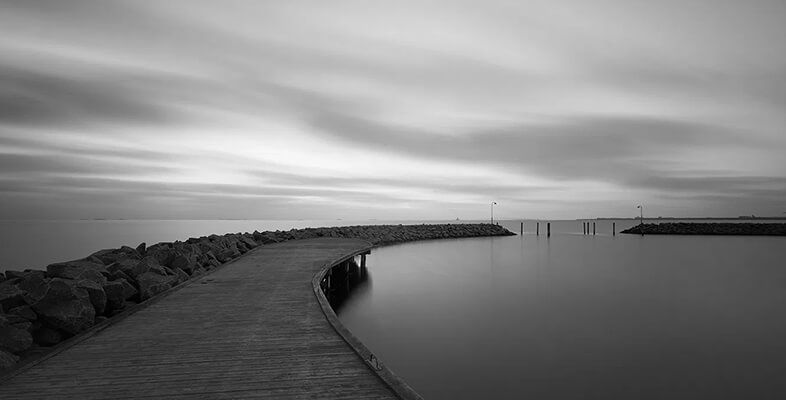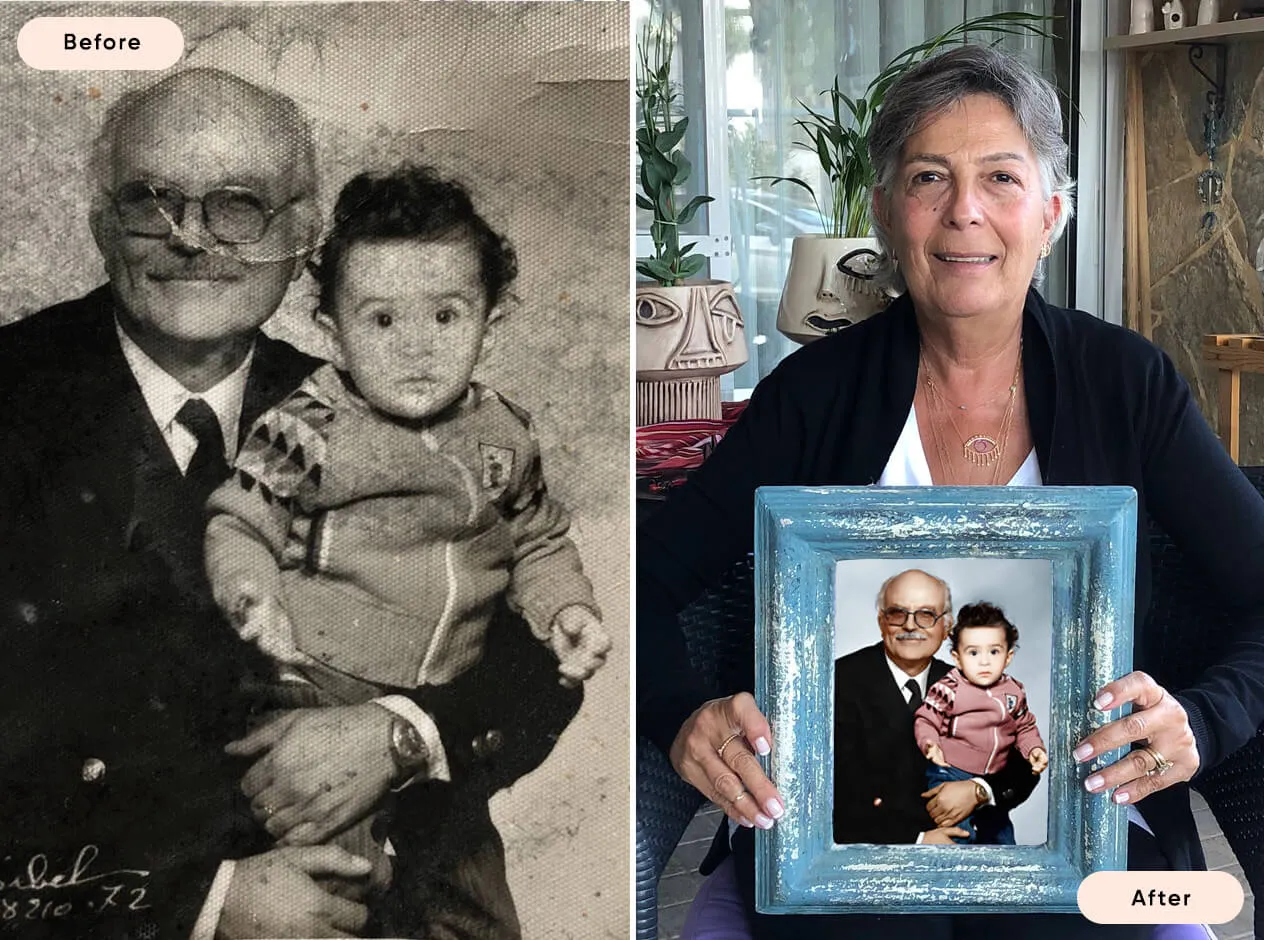Photography Techniques: Exploring Monochrome Photography
Monochrome photography has long captivated photographers and audiences alike with its striking simplicity and depth. This technique involves capturing images in a single color or shades of a single color, often black and white. By limiting the color palette, monochrome photography emphasizes contrast, texture, and form, allowing the viewer to focus more on the subject and composition. In this article, we will delve into the ins and outs of monochrome photography, covering its benefits, essential gear, and a step-by-step approach to capturing stunning monochrome images.
What is Monochrome Photography?
Monochrome photography refers to the art of using a single color or variations of a single hue to create compelling images. Although most commonly associated with black-and-white photography, monochrome can also encompass various shades of a single color, such as sepia, blue, or any other tone. This technique strips away distractions that often come with a full-color palette, allowing photographers to explore the essence of their subjects.
The roots of monochrome photography can be traced back to the early days of the medium, where color photography was not yet developed and black-and-white images dominated. Even today, many photographers favor monochrome techniques for their unique ability to convey emotion, mood, and atmosphere.
When is the Monochrome Photography Technique Useful?
Monochrome photography can be particularly effective in several situations:
Highlighting Texture and Form: Without the influence of color, textures and shapes become more pronounced. Monochrome images can successfully convey the intricacies of materials, surfaces, and patterns.
Creating Mood and Emotion: The absence of color can evoke strong emotions and moody atmospheres. Monochrome photography often captures the essence of a scene—whether it’s somber, romantic, or nostalgic.
Focusing on Composition: With colors removed from the equation, the viewer’s attention shifts to the photograph's composition, lines, and arrangement of elements. This allows photographers to experiment with framing and juxtaposition.
Vintage Appeal: There’s an inherent elegance in monochrome images that can evoke a sense of nostalgia. Many find the aesthetic of black-and-white photography timeless and captivating.

Essential Gear for Monochrome Photography Images
While monochrome photography can be executed with any camera, some gear enhances the experience and outcome:
Camera: A DSLR or mirrorless camera is ideal for monochrome photography, providing manual controls that allow you to adjust settings according to your vision.
Lenses: A variety of lenses can help achieve different perspectives and depths. Prime lenses with wide apertures are beneficial for creating rich images with sharp focus on the subject.
Filters: Using color filters can dramatically alter the monochrome image's outcome. For instance, red filters can enhance contrast in landscapes, while yellow filters can brighten skin tones in portrait photography.
Editing Software: Post-processing is vital for monochrome photography. Software like Adobe Lightroom or Photoshop provides tools to adjust contrast, brightness, and grain for achieving a desired aesthetic.
Tripod: A sturdy tripod is essential for long exposure shots or low-light conditions, ensuring stability while composing your monochrome images.
How to Capture Monochrome Photography Photos: A Step-by-Step Approach
With the right gear in hand, it’s time to embark on your monochrome photography journey. Here’s a step-by-step guide to help you capture stunning monochrome images:
Choose the Right Subject: Look for subjects with strong lines, textures, or interesting forms. Architectural details, portraits, and landscapes are excellent choices for monochrome photography.
Consider Lighting: Lighting plays a crucial role in monochrome photography. Soft and diffused light is often best for capturing smooth textures, while harsh light can create striking shadows and dramatic contrasts.
Set your Camera: Switch your camera to monochrome mode if available, or shoot in color and convert it later in post-processing. Adjust your exposure settings for optimal contrast.
Compose Thoughtfully: Utilize the principles of composition, such as the rule of thirds, leading lines, and negative space, to create visually engaging images.
Experiment: Don’t be afraid to try different angles, perspectives, and compositions. Explore how changing your viewpoint affects the texture and depth of your image.
Post-Process: Once you've captured your images, use editing software to fine-tune them. Adjust contrasts, brightness, and other parameters to enhance the monochrome qualities of your photo.
Evaluate and Learn: Review your images critically. Analyze what worked and what didn’t, and learn from each shoot to improve your future monochrome photography endeavors.
With a solid understanding of monochrome photography, photographers can elevate their skills and produce captivating images that speak to the heart of their subjects. By focusing on form, texture, and composition, the monochrome technique allows for a unique artistic expression that celebrates the beauty found in simplicity. Embrace the power of monochrome and explore the endless possibilities it offers.

Or Get YourMoney Back
back your money in the rare case you are not satisfied with the quality of your
damage-free pictures. Only $38 for most image restorations regardless of damage

All rights reserved.